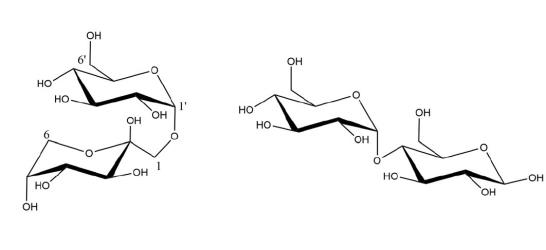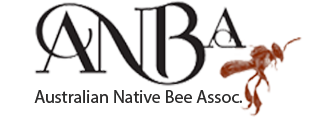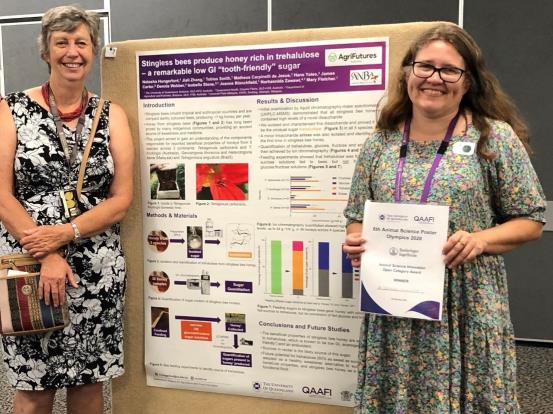The results presented in the articles in the previous issue on the physical properties and chemical composition of stingless bee honey are essential background information required to get our honey endorsed as a Standard Food.
In the meantime, another research direction has unveiled a super-exciting hidden secret, that our honey also contains a unique and a biologically active sugar with health bene-fits: trehalulose. This discovery is a game-changer that fur-ther elevates the value of our product. Trehalulose also provides a marker for authentication allowing identifica-tion of fake honey. Mary Fletcher and her colleagues are continuing their work in this area with a current project looking at how much of this sugar is present in the honey of different species of stingless bees kept in different envi-ronments. But here we summarize their results to date

Photo: Mary Fletcher and Natasha Hungerford were instrumen-tal in this research. Another important person on the team is Norhasnida Zawawi (Nida) from Malaysia. Nida has presented to the Brisbane branch and remains part of our ANBA honey subcommittee
Trehalulose is a major component (between 13 and 44%) of honeys of five different stingless bee species.
Stingless bees (Meliponini) occur in tropical and sub-tropical regions. Like Apis honey bees, all 500 species of stingless bees are highly social insects that store honey. Stingless bee honey has a long history of traditional indig-enous use with a range of purported therapeutic proper-ties. Several studies have confirmed that the composition of stingless bee honey is different to that of Apis honey, but no rigorous identification of potential therapeutically active compounds has been done and few bioactive com-ponents have been identified. But that has suddenly and dramatically changed with the discovery of Trehalulose.
The discovery of this sugar involved some high-powered scientific instruments. UPLC-MS/MS analysis showed the honey was clearly a disaccharide but did not match any of the initially available disaccharide standards. Previous analysis of stingless bee honeys has suggested that the disaccharide present was the glucose-glucose disaccharide maltose. However, the improved resolution and mass spectral data provided by UPLC-MS/MS method demon-strated that the disaccharide present was not maltose. MS/MS fragmentation confirmed that it was instead a glu-cose-fructose disaccharide. The researchers then isolated the disaccharide by preparative HPLC and confirmed the identity of the disaccharide as trehalulose. 1D and 2D NMR analysis of the isolated disaccharide enabling the un-ambiguous assignment of the unknown honey disaccha-ride as trehalulose, glucose-fructose disaccharide joined by an α-(1 → 1) glycosidic bond.

Image: Chemical structures of trehalulose (left) and maltose (right). Trehalulose is a major component (between 13 and 44%) of honeys of stingless bees.
This is the first documented occurrence of this unusual di-saccharide as a major component of honey, and indeed the first significant natural occurrence in any food. Trehalulose was previously known only from microbial cells and the honey dew of sweet potato whitefly. Trehalulose is 70% as sweet as sucrose.
Trehalulose is a naturally occurring but rare isomer of su-crose but has a much slower rate of release of monosac-charides into the bloodstream than sucrose. This disaccha-ride is therefore highly beneficial in having both a low in-sulinemic index and low glycemic index. Trehalulose can help in controlling blood sugar levels for diabetes, glucose intolerance and obesity prevention. In addition, Trehalu-lose does not cause tooth decay and a highly active anti-oxidant. These properties may be central to the reported beneficial health properties of stingless bee honey.
The presence of trehalulose as a distinguishing disaccha-ride in these stingless bee honeys provides a marker for authenticity. Specific marker compounds are used to authenticate high value mānuka honey. Trehalulose repre-sents an ideal indicator of authenticity to be incorporated in the development of relevant stingless bee honey stand-ards.
Read the full paper here: Fletcher, M.T., Hungerford, N.L., Webber, D. et al. Stingless bee honey, a novel source of trehalulose: a biologically active disaccharide with health benefits. Sci Rep 10, 12128 (2020). https://doi.org/10.1038/s41598-020-68940-0.

